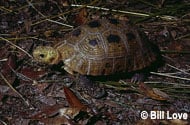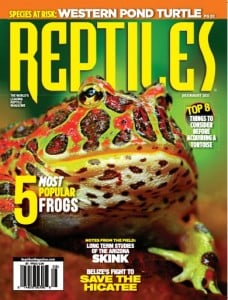Elongated Tortoise
Nepal, India, Burma, Thailand, Peninsular Malaysia, Laos, Cambodia, Vietnam, and southern China.
The elongated tortoise used to be imported in huge numbers in the past. Although it is still imported today the numbers are not as great. It has been bred in captivity but it is far from common.
It seems that many of the imported tortoises that come from forest type habitat are typically infested with parasites and have a very difficult time acclimating to captivity. This is usually the case with imported elongated tortoises as well. They are usually very difficult to acclimate which is why they are still not very common in collections despite the large numbers that were imported in the past.
As with most other tortoises an outdoor enclosure is usually the easiest way to maintain this tortoise. A densely planted enclosure with a good ground cover of leaf litter or mulch makes the elongated feel quite comfortable. This tortoise is small enough that a similar enclosure could be set up indoors. The key is to provide a humid environment but not overly moist.
The diet for this tortoise is very similar to other forest type dwelling tortoises in that it should be provided with dark leafy greens and vegetables supplemented with fleshy fruits such as pears, apples and various berries. It is also known to consume insects, slugs and carrion when found.
Water should be provided at all times. Providing a shallow pool is also an added benefit.Imported specimens should be examined by a vet and properly treated for any parasites found.

